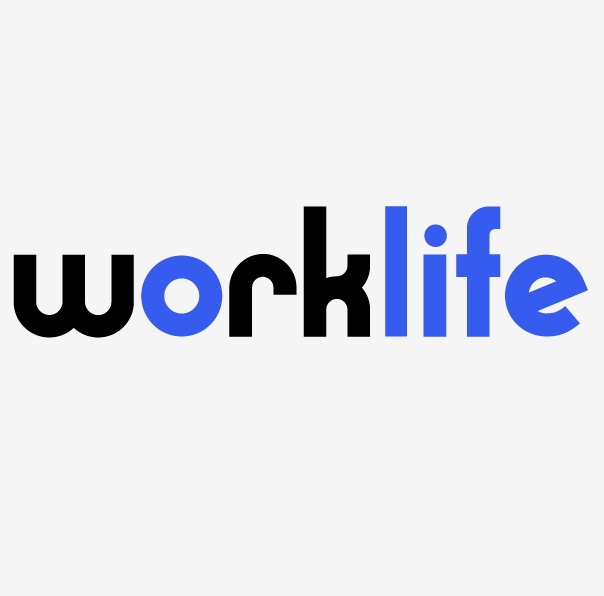One of our avid readers writes in and asks:
Dear Mark and Bill:
My company took a PPP loan and we told our employees to come back to work but some of them said they won’t. A few said they’re making as much if not more on Unemployment so why bother. Others said they won’t return because they’re afraid they’ll catch the bug at the office. I don’t know what to do. I can’t sleep, I can’t eat and my tummy feels all woozy inside. I don’t want to owe the feds any of the PPP back and I sure don’t want to pay interest. Can you help me?
Bob from Accounting (no relation to Jake from State Farm)
Why yes Bob from Accounting, we can help. First, you should know that you’re not alone. Many employers, whether they have the PPP loans or not, are facing a similar problem with getting employees to return to work, physically or remotely, because of the overabundance of money that flooded the Unemployment Insurance system. Adding to that problem for employers with the PPP loans is that the forgiveness formula is dependent on employees either remaining on or returning to payroll for the 8 week covered period (whether actually working or not). Well, Bob from Accounting, your friends at the Treasury Department heard your cry for help, and here is what they said:
40. Question: Will a borrower’s PPP loan forgiveness amount…be reduced if the borrower laid off an employee, offered to rehire the same employee, but the employee declined the offer?
Answer: No. As an exercise of the Administrator’s and the Secretary’s authority …to prescribe regulations granting de minimis exemptions from the Act’s limits on loan forgiveness, SBA and Treasury intend to issue an interim final rule excluding laid-off employees whom the borrower offered to rehire (for the same salary/wages and same number of hours) from the CARES Act’s loan forgiveness reduction calculation. The interim final rule will specify that, to qualify for this exception, the borrower must have made a good faith, written offer of rehire, and the employee’s rejection of that offer must be documented by the borrower. Employees and employers should be aware that employees who reject offers of re-employment may forfeit eligibility for continued unemployment compensation.
So Bob, the feds say, make an offer in writing to everyone you need back on payroll to return at their previous wages and hours. Based on this answer, we recommend that you not take advantage of the PPP’s leeway for up to 25% wage reductions under these circumstances. If the employee declines the opportunity to return, try to get that in writing from the employee (email will do), but if you can’t, then send a confirming letter with the particulars by a means that you can prove delivery. Now, if someone has a genuine medical reason for not wanting to return to a physical workplace, such as being immune-compromised or they’re 65+, that does not mean you can’t put them back on payroll for the 8 week period and have them either work remotely or not. Keep in mind that the feds have described a de minimis exception (the details still to come), meaning that there will be some wiggle room if you can’t get the payroll and/or FTEs (full-time equivalents) to match the lookback period.
As for those collecting more on Unemployment Insurance with no incentive to return, and no valid reason to remain out of work, we’d like to introduce you to the NJDOL’s Form BC-6. That’s right Bob, while the BC-6, cousin of the BC-10, may look like an old has been of a form, during the pandemic it has become a revitalized and effective tool to combat those freeloading employees who have refused return to work offers. Employers just need to follow two easy steps: complete the form, indicating that the Unemployment benefit recipient has refused an offer to return to their previous job at the prior rate of pay, and then submit it to NJDOL electronically and you’re done…and so should be the freeloader. In theory, the NJDOL should then disqualify them from Unemployment benefits and send them running back into your arms. And here’s a special offer. If you order 1 BC-6 now, you’ll get 10 free, just add shipping and handling.
The Form BC-6 may also become an important tool in planning for reopening, as we inch closer to that time. More on that next week.








